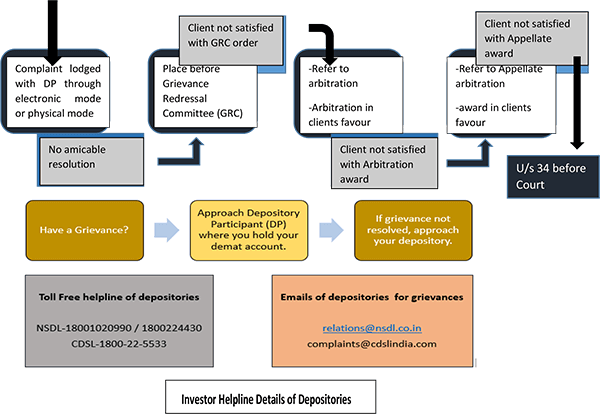Benefits of Diversifying Your Portfolio
Diversification is a strategy that involves spreading your investment across different asset classes, sectors, and geographical regions to minimize risk and maximize returns.
Diversification is an important part of investing, particularly in the Indian context, where there is a wide range of investment options available. Here are some of the benefits of diversifying your portfolio:
Minimizes Risk: One of the primary benefits of diversification is that it helps to minimize risk. By investing in a variety of assets, sectors, and regions, you can reduce the impact of any one investment performing poorly.
For example, if you have invested heavily in one stock and that stock performs poorly, you could lose a significant amount of money. However, if you have diversified your portfolio across multiple stocks, the impact of any one stock performing poorly will be less significant.
Maximizes Returns: Diversification not only minimizes risk, but it also maximizes returns. By investing in a variety of assets, sectors, and regions, you can take advantage of different growth opportunities.
For example, if you invest only in stocks, you may miss out on the growth potential of other asset classes, such as bonds, real estate, or commodities. Diversification allows you to capture growth opportunities across multiple asset classes, sectors, and regions, potentially leading to higher returns.
Reduces Volatility: Diversification can help to reduce volatility in your portfolio. Volatility refers to the degree of fluctuation in the value of an investment.
By investing in a variety of assets, sectors, and regions, you can reduce the impact of any one investment performing poorly. This can help to smooth out the ups and downs of your portfolio and provide more stable returns over time.
Provides Flexibility: Diversification provides flexibility to your portfolio. By investing in a variety of assets, sectors, and regions, you can adjust your portfolio to changing market conditions.
For example, if the stock market is performing poorly, you can shift some of your investments to other asset classes, such as bonds or real estate, to minimize risk and maximize returns.
Mitigates Country-Specific Risks: Investing in a single country or region can expose you to country-specific risks, such as political instability, currency fluctuations, or regulatory changes.
By diversifying your portfolio across different countries and regions, you can mitigate these risks and take advantage of growth opportunities across the globe.
For example, if you are an Indian investor, then you can not only invest in the fastest-growing economy in the world that is India (as per 2023 World Bank reports), but also in the world’s largest economy that is the USA. Overall, as an Indian investor, one can invest in both Indian equity & US equity.
Example of diversification in stock market investing
Suppose an investor has a portfolio of only two stocks: Stock A and Stock B. Stock A is a tech company that produces computer hardware, while Stock B is a pharmaceutical company that produces prescription drugs.
The investor invests equal amounts in both stocks, believing that these two stocks will generate good returns in the long run.
However, what the investor doesn’t realize is that the tech sector tends to be more volatile than the pharmaceutical sector. Suppose that in a given year, Stock A experiences a 20% decline in value due to a slowdown in the tech industry, while Stock B experiences a 10% increase in value due to a successful clinical trial for one of its drugs.
If the investor had invested only in Stock A, the portfolio value would have declined by 20%. However, because the investor diversified the portfolio across both stocks, the overall portfolio return was only a 5% decline ((-20% + 10%)/2).
This is because the decline in Stock A was partially offset by the increase in Stock B. By diversifying across different sectors, the investor reduced the overall volatility of their portfolio and minimized the impact of any one stock’s poor performance.
In summary, diversification can decrease the overall volatility of an investment portfolio by spreading risk across different sectors, asset classes, and regions. This can help to reduce the impact of any one investment’s poor performance and provide more stable returns over time.
Conclusion
Diversification is a crucial strategy for minimizing risk, maximizing returns, reducing volatility, providing flexibility, and mitigating country-specific risks in your portfolio. By investing in a variety of assets, sectors, and regions, you can build a well-rounded portfolio that can withstand market fluctuations and provide stable returns over time.




